
Acea for World Energy Saving Day
The Roman Forum and Imperial Fora are among the most important archaeological sites located in the heart of Rome, as they represented the political, religious and social heart of the ancient city.
The Roman Forum was built in the Republican age and later enlarged in the Imperial age, and has always been the official meeting place for citizens to take part in political, administrative and economic affairs. Created following the reclamation of a marshy area located between the Palatine Hill, the Capitoline Hill, today's Via dei Fori Imperiali, and the Colosseum, the Roman Forum can still be visited by tourists who want to fully immerse themselves in the history of Ancient Rome.
Thanks to the Soprintendenza Speciale per il Colosseo e l'Area Archeologica Centrale di Roma (Special Superintendence for the Colosseum and Central Archaeological Area of Rome) and Acea, the ancient heart of Rome shines in a new light, even at night. From evening to dawn, the Roman Forum, Via dei Fori Imperiali, and the main archaeological monuments are illuminated in a light with shades varying from golden white to soft white. The beams of light from the new lighting system envelop Via Sacra, from the Arch of Titus to the Arch of Septimius Severus, the Basilicas of Maxentius, Aemilia and Julia, the Vestal House, the square of the Forum, the Curia, the temples of Saturn, Antoninus and Faustina, Caesar, the Dioscuri, and the church of Santa Maria Antiqua.
The new lighting system with LED technology not only enhances the structures, but also allows energy savings of 60%: a perfect combination of aesthetics and functionality.
Technical specifications for the lighting of the Roman Forum:
The Imperial Fora complex, consisting of a series of monumental buildings and squares, was built between 46 BC and 113 AD following the decision to expand the Roman Forum.
In 46 BC Julius Caesar decided to create a new square to serve as the administrative centre of the city. This expansion became known as Forum of Caesar, which was followed by the Forum of Augustus, the Temple of Peace, the Transitory Forum or Forum of Nerva, and eventually the Forum of Trajan. The ensemble of these archaeological areas, stretching between the Capitoline Hill and the Quirinal Hill, constitutes the so-called Imperial Fora.
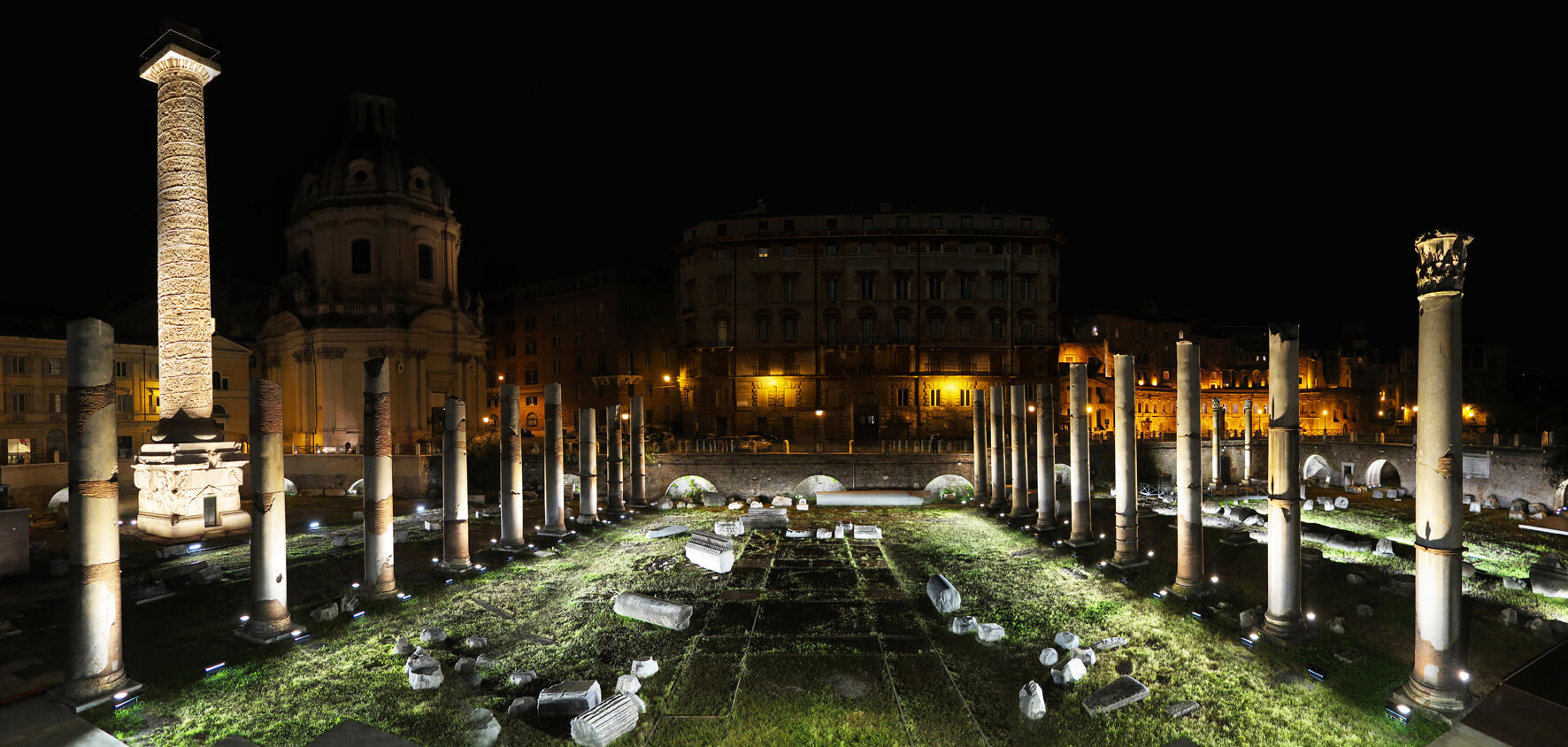
The Forum of Caesar is the first of Rome's Imperial Fora. It was built as an extension of the Roman Forum and its purpose was to celebrate the exploits of Julius Caesar and provide a suitable space for the city's political, judicial and religious activities.
Situated in an area at the foot of the Capitol Hill, it consisted of an immense rectangular square, measuring approximately 100x50 metres and named after Caesar, with colonnaded porticoes on three sides and the Temple of Venus Genetrix at the back. In 46 AD the inauguration of the temple and the square took place. They were later finished by Augustus.
Work on the construction of the Forum of Augustus was commissioned in 42 BC by Octavian Augustus, nephew of Julius Caesar. The site purpose was to house the temple dedicated to Mars Ultor. Inside the northern portico, a luxuriously decorated space was erected to house the colossal statue of Augustus. This space is known today as the Hall of Colossus.
To ensure the safety and protection of this new Roman forum from fires, often caused by the presence of wooden structures in the overcrowded Suburra district, a massive wall was erected. This mighty wall, up to 33 metres high, also housed the two entrances that allowed access to the Forum from Suburra, one of which has been known as Arco dei Pantani since the 16th century.
The Forum or Temple of Peace was built under Emperor Vespasian to commemorate the conclusion of the Wars of Succession and the suppression of the Jewish revolt, together with the establishment of peace in 70 AD. The grandiose monumental complex—built in honour of the Peace and inaugurated in 75 AD—was conceived as a large square with porticoes housing a garden with fountains.
Work on the construction of the Forum of Nerva began under Emperor Domitian and was only completed after his death. The Forum was later inaugurated by his successor Nerva in 97 AD. Known as the "Transitorium", the architectural complex served as a link between the Forums and the Suburra district and replaced the central section of the Argiletum, an ancient road that previously connected the Suburra district to the Roman Forum.
Last in chronological order is the Forum of Trajan, which was built both to further increase the space dedicated to judicial administration and to celebrate the victory over the Dacians, defeated by the emperor in two military campaigns, in 101 AD and 105 AD.
The resulting spoils were used to build the Roman forum named after Trajan, which was later inaugurated in 112 AD.
In addition to a massive square, the emperor built the Basilica Ulpia and a quadrangular courtyard with the Trajan's Column in the centre, which is still intact today. The column, which celebrated his war achievements and the conquest of Dacia, also had the function of a mausoleum because it housed the golden urn with the emperor's ashes.
Technical specifications for the lighting of the Imperial Fora
Le sorgenti luminose impiegate per l’illuminazione dei Fori Imperiali, oltre ad offrire un’alta resa cromatica e una temperatura di colore a 3.000K e 4.000K, sono dotate della tecnologia DALI capace di regolare l’intensità di ogni singolo punto luce, permettendo un importante risparmio energetico.
Foro di Augusto
171 proiettori LED da 18W a 96 W per una potenza complessiva di circa 10 kW
Foro di Nerva
59 proiettori LED da 13W a 96W per una potenza complessiva di circa 3 kW
Fori di Traiano
300 proiettori LED da 13W a 96 W per una potenza complessiva di circa 11 kW
The archaeological site of the Imperial Fora is a concrete testimony of the historical stratification of the city. Starting from Roman times, up to the early 20th century with the construction of Via dei Fori Imperiali and then the even more recent Museum, the site not only attracts millions of tourists every year, but also helps preserve the history and art of Ancient Rome by offering visitors a unique experience in the heart of the Eternal City.
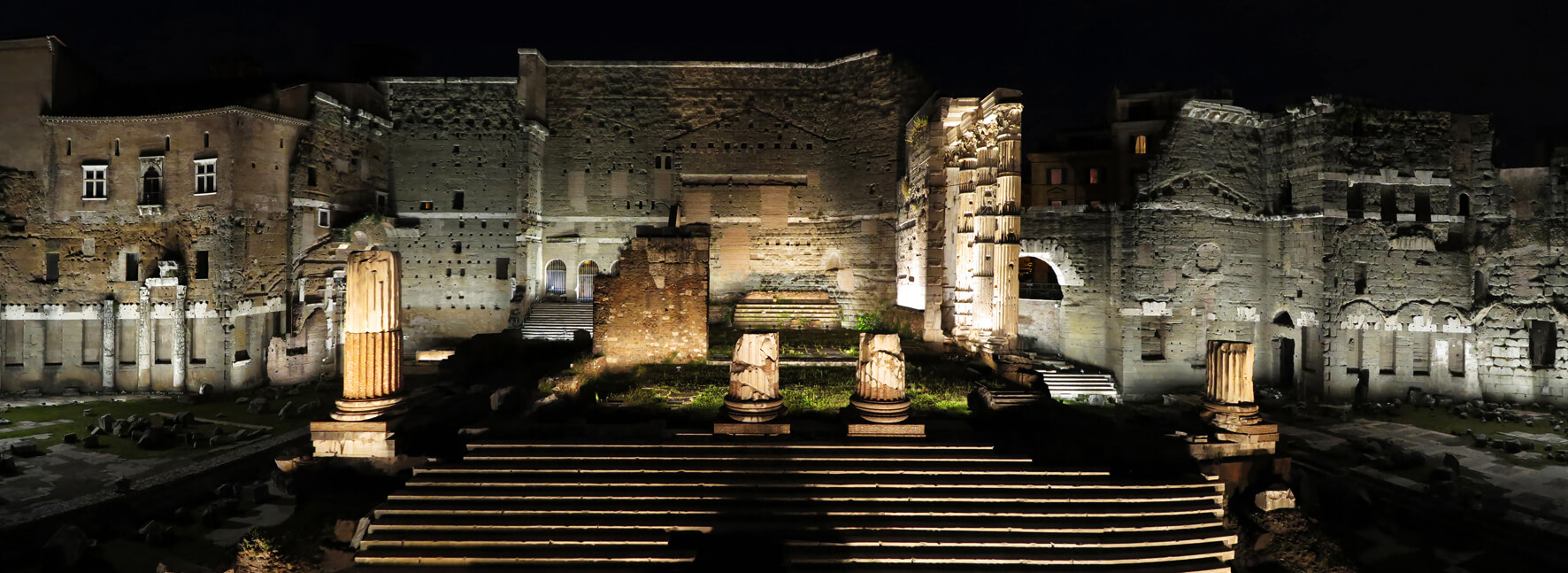
The idea of building a road between Piazza Venezia and the Colosseum dates back to the fascist period. The road, which today separates the area of the Roman Forum from that of the Imperial Fora, would have served to facilitate access to the city centre for those coming from the new southern districts. The road known today as Via dei Fori Imperiali was called Via dei Monti in the planning stage, because it was supposed to connect the city centre to the Alban Hills. In order to build such a massive thoroughfare, Mussolini decided to demolish the Alessandrino district, built at the end of the 16th century by Cardinal Bonelli. During the demolition of a wall, a labourer found an iron slab and upon removing it witnessed the spectacle of a cascade of gold coins and jewellery, which was later discovered to belong to a well-known antique dealer who lived there. This treasure now belongs to the Capitoline Museums.
The Museum of the Imperial Fora, opened in 2007, houses the ancient architecture of the Imperial Fora and their architectural and sculptural decoration. A large part of the museum occupies the ancient building of the Trajan's Markets, which in ancient times housed warehouses, shops and offices of the imperial administration, and also extends into the open archaeological area that once formed part of the urban structure of imperial Rome. The Markets, rediscovered in 1926, were built at the same time as the Forum of Trajan and consisted of 6 levels along the slopes of the Quirinal Hill.
Discover the latest news and initiatives of the Acea Group

Acea for World Energy Saving Day
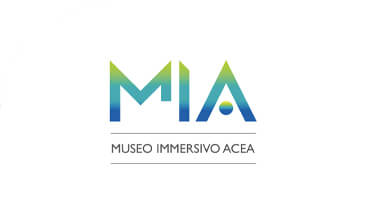
Visit the virtual museum about the history of the Acea Group
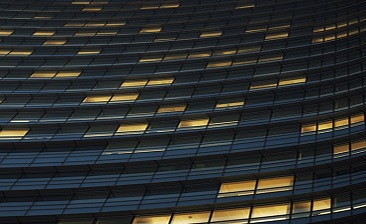
The channel for the commercial requests on land urbanisation
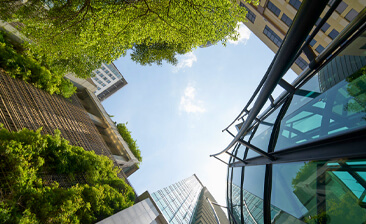
Acea turns the spotlight on the Rome Film Festival 2023
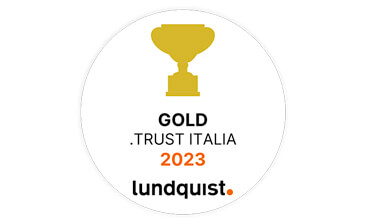
Acea is in the "Gold class" in the .trust research

Read more about our culture of inclusiveness